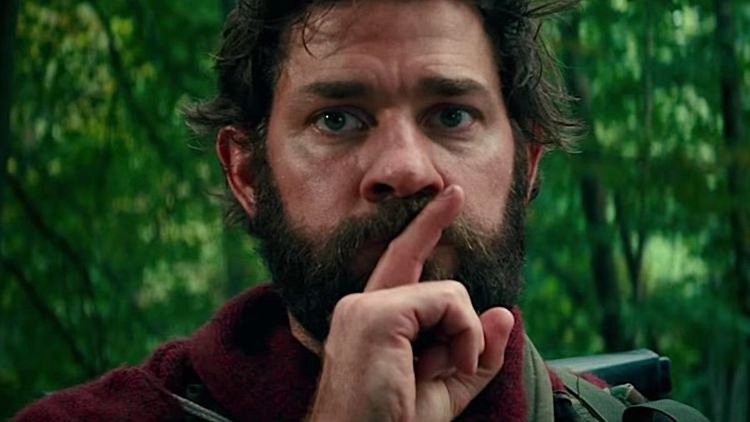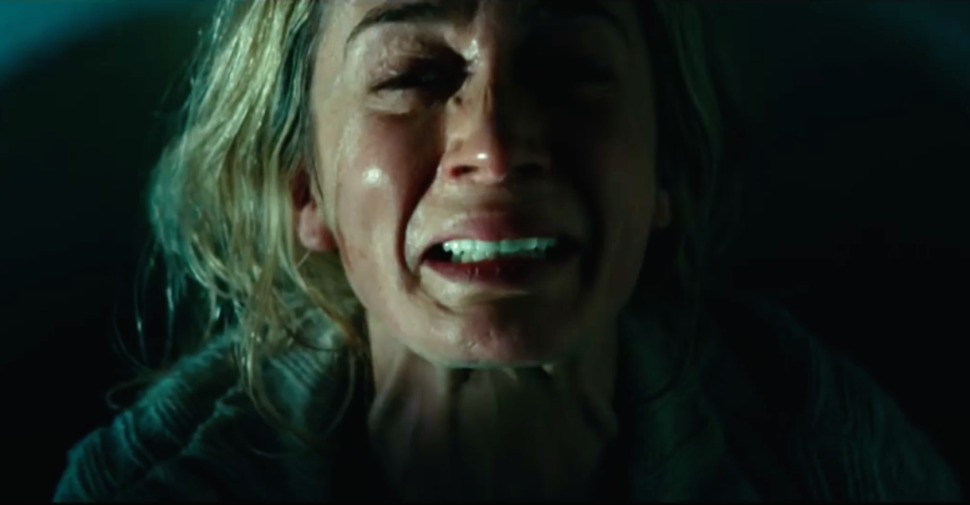Robert Bly first came to fame as a poet and activist, slightly on the fringe of the beats, publishing an early book, The Teeth Mother Naked at Last, with City Lights Books. He won the National Book Award for his poetry collection, The Light Around the Body. If you’ve seen Robert Bly read (perform) his poetry, you know that it’s like witnessing a conjureman or shamanistic scop perform. He’s the Wise Man of the Forest, part Joseph Campbell, part Allen Ginsberg.
Then, in 1990, he published his book, Iron John: A Book About Men, an often misunderstood work because of its association with the mythopoetic men’s movement. This movement became notorious for its sweat lodges and men’s retreats, but more to the point, the book seems to me to be an enchanting employment of Jungian archetype psychology, and the analysis of fairy tales and other mythic reverberations that follow from that.

This new book, More Than True: The Wisdom of Fairy Tales (Henry Holt, $26), is in that vein. It is similar to the work of Robert A. Johnson and Marie-Louise von Franz, whose 1974 book, Shadow and Evil in Fairy Tales, parallels many of Bly’s themes, though Bly is still more interested in the masculine leitmotifs of folklore. I was in Jungian therapy for a dozen years — I know I should be more mentally sound — and Iron John was a key text to me, a real gift from my therapist. Taking an oft-used image from fairy tales, in that book Bly said, “I think we can regard therapy, when it is good, as a waiting by the pond. Each time we dip our wound into the water, we get nourishment, and the strength to go on further in the process.”
There is a pond, a well, a key, and a magic tablecloth in the six fairy tales Bly has chosen to explicate in his new book; there are talking animals, mysterious dark men, enchanted creatures, witches, and serpents. “Sometimes fairy tales are stories of incidents, supernatural or otherwise,” he says, “told and retold, in which the psyche is trying to communicate what it knows, trying to slip something past the guards of the dictator ego …” Each of these tales is emblematic of something the author wants to delineate about the human psyche or soul. In ancient stories — myths, folklore — there are deeper truths that may explain us to us. In other words, these fairy tales are more than true.
Bly calls on Freud, Jung, Rilke, Yeats, Vallejo, Ibsen, D.H. Lawrence, and other earthly gods to illustrate the interpenetration of myth into our literature and into our lives. He quotes Antonio Machado: “When heaven and earth have passed away/my word will remain./What was your word, Jesus?/Love? Affection? Forgiveness?/All your words were/one word: Wakeup!” He speaks of the shadow: “We used to say that the proper study of mankind is man … But now we don’t bother with the chthonic, the under-worldly energy as it lives in us.” And he speaks of “inner work,” the process we are honing or ignoring, the part that can be reached through the plumbing of the unconscious. “Now, with social media and worldwide conversations on every imaginable topic, more people are likely to recognize other people’s shadows and failures. Whether we can recognize our own is still in question.”
Fairy tales are one connection to the shared unconscious. Dreams are another, and perhaps poetry, ritual, and religion. Toward the end, Bly says, “Possibly fairy tales themselves are ways to keep the early joys of our life concealed and yet not lost.” I love that: And yet not lost. And further: “We mustn’t assume from the jokey tone tellers of fairy tales use that there is little at stake here. Everything is at stake.”
While this book doesn’t have the clarity or unity of purpose of Iron John, it is still an enthralling and welcome addition to Bly’s remarkable oeuvre and to the ongoing study of fairy tales and myths and what they say about us today. It is a book full of marvels and timeless insight.

